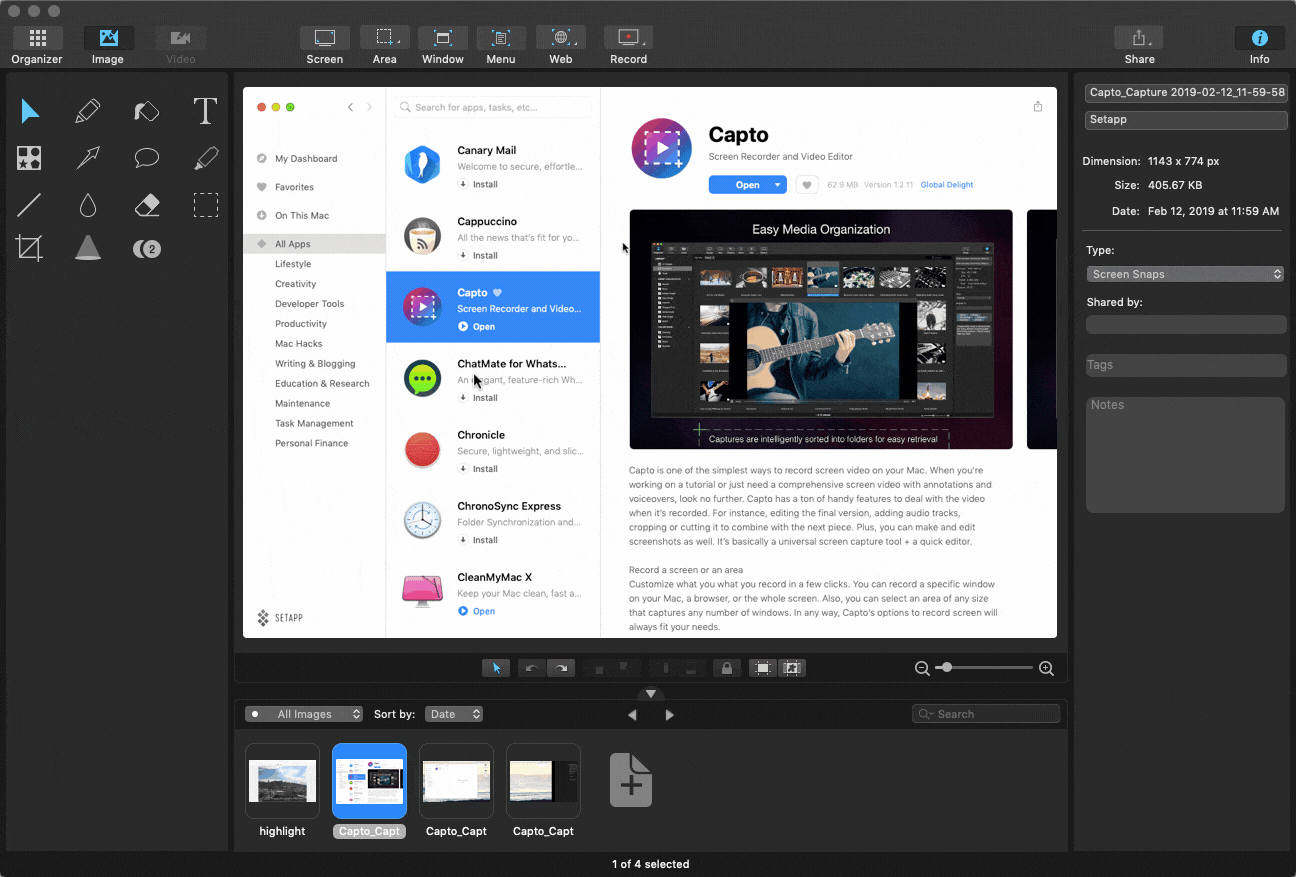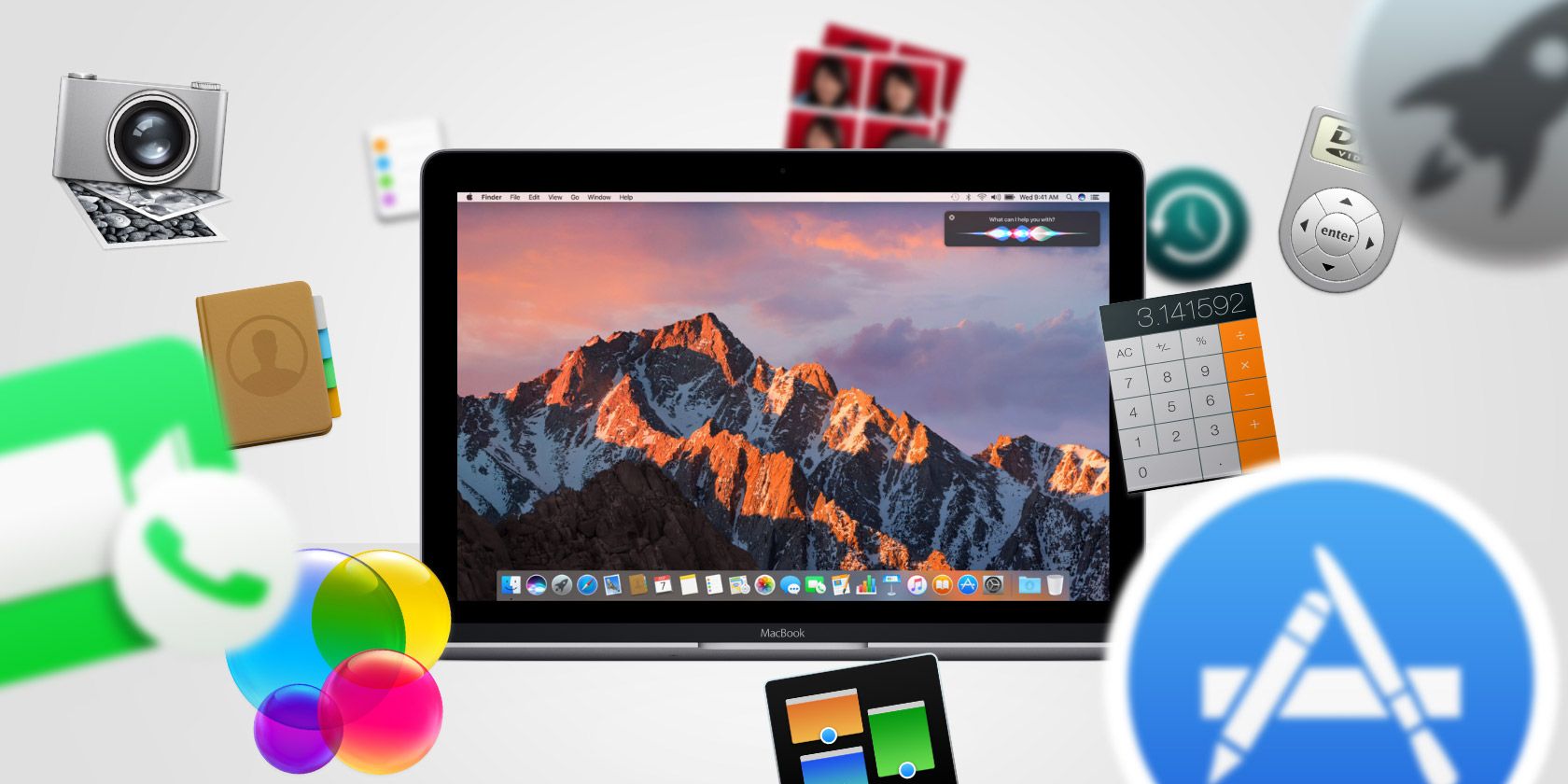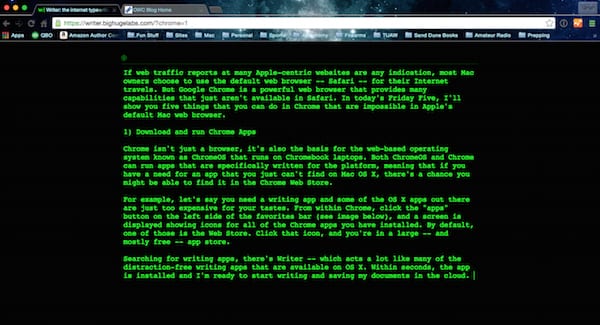

- THE DEFAULT PROGRAM INSTALLED ON MAC OS X IS CALLED FOR MAC OS X
- THE DEFAULT PROGRAM INSTALLED ON MAC OS X IS CALLED INSTALL
- THE DEFAULT PROGRAM INSTALLED ON MAC OS X IS CALLED ISO
Not all software for Mac OS X offers a "per user" option on installation, and while If implementations want to be able to be installed "per user", then the above Which can achieved in the normal way: Append the version number to the executableĪnd then symlink the 'bare' name to the most recent. Which can only be done by distinct naming, and the symlinks in /usr/bin

(With the exception of multiple versions of GUI applications NB: These guidelines allow for multiple implementations and multiple If the implementation has any GUI applications, these are installed in: Packages that come with the implementation, are be located within the Framework Library/Frameworks/GHC.framework/Versions/7.0.2-i386Įxecutables intended for use from the command line, are be symlink'd into: These are packaged using Apple's framework, versioning, and bundling They consist of large collections of executables, libraries, and otherįiles. You can now use this virtual operating system to run any Mac programs on your Windows PC.Haskell implementations are generally installed for use by all accounts on the

Select the Apple icon and press “Enter” on your keyboard.įollow the final on-screen instructions to setup Mac OS X.
THE DEFAULT PROGRAM INSTALLED ON MAC OS X IS CALLED ISO
Select the Hackboot 2 ISO so your virtual machine will properly boot when you restart it. None of your data will be lost by erasing the drive.Ĭlose the Disk Utility window and click on the hard drive icon now in the middle of your screen.įollow the on-screen steps to finish the OS X installation.Ĭlick the CD icon at the bottom of your screen when the installation finishes and you see a black screen with white text. You will be taken to an installation page that gives you no hard drive installation option.Ĭlick “Utilities” and then click “Disk Utility…” in the VirtualBox toolbar labeled OS X Installer.Ĭlick on the VirtualBox hard drive, navigate to the Erase tab and click “Erase” to clean the virtual hard drive and allow OS X to be installed. Select your language and agree to the operating system’s terms. Press the “Enter” key on your keyboard to bring up the OS X Installation screen.
THE DEFAULT PROGRAM INSTALLED ON MAC OS X IS CALLED INSTALL
An icon in the middle of your screen will now be labeled as “OS X Install DVD.”

Select your OS X virtual machine in the VirtualBox main menu.Ĭlick “Start” in the toolbar and then click the CD icon at the bottom of your screen.Ĭlick “Choose a virtual CD/DVD disk file” and select the ISO disc image of the Mountain Lion version of OS X.Ĭlick on the main screen and press “F5” to refresh the program. This sets your virtual machine to boot from Hackboot 1 the first time it starts up. Select “Choose a virtual CD/DVD disk file” and select the Hackboot 1 ISO. Navigate to the Storage tab and click on the CD icon called Empty. EFI is an alternative to BIOS but Windows machines are unable to use EFI to boot in VirtualBox as of August 2013. Uncheck the box next to "Enable EFI" in the System tab. Right-click the named OS X virtual machine and click “Settings.” Use the slider to allocate RAM to your virtual machine at least 4GB of RAM is a recommended.Ĭlick “Next” and select “Create New Disk.” The program will return to its main menu. Name the new virtual machine and set the Operating System box to Mac OS X and the Version box to “Mac OS X Server (64 bit).” These ISOs will be used to start the OS X installer and the operating system itself, respectively. Download the Hackboot 1 and Hackboot 2 ISO files (link available in Resources).


 0 kommentar(er)
0 kommentar(er)
